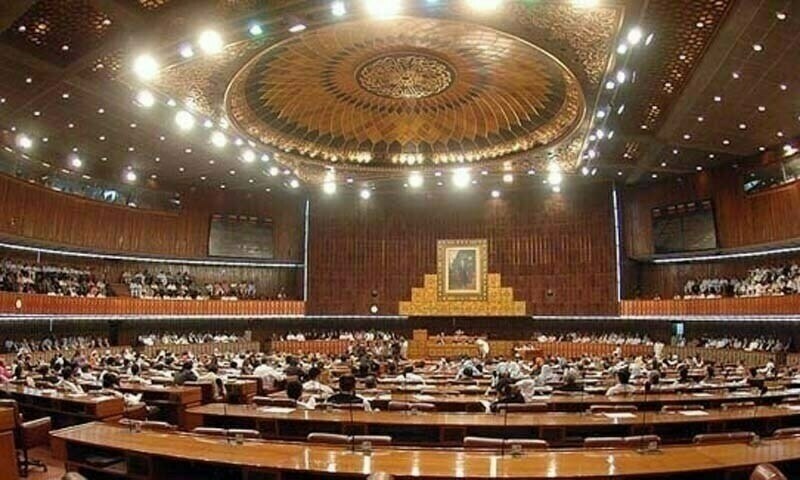By Pramod
Copyright thehindubusinessline

The Insolvency and Bankruptcy Code (IBC) has steadily evolved as India’s primary mechanism for debt resolution. The Act and its regulations have been frequently amended, demonstrating its agility. While many earlier amendments gave the impression of patchwork fixes, the 2025 Amendment Bill is widely seen as a comprehensive and coherent overhaul that addresses some of the most pressing issues in India’s insolvency landscape.
Promoters: Valuable Yet Adversarial
The position of promoters and management remains crucial in value maximization. The knowledge and information of the business held by them is invaluable in the resolution process. However, many promoters are juxtaposed against the spirit of cooperation, taking an adversarial stance, resisting the process through aggressive litigation, and questioning every point during the process. This begins even before admission, continues through avoidance transactions and resolution plan stages, and often stretches into the liquidation phase. The Code, which was designed as a time-bound and creditor-driven process, is frequently slowed down by a barrage of challenges and appeals.
Even settlements and withdrawals—otherwise seen as clear signs of cooperation—are burdened with litigation. In the case of Byju’s, the suspended director finalized a settlement with creditors before the Committee of Creditors (CoC) was formed. While NCLAT initially approved the withdrawal, the Supreme Court reversed this, emphasising the need to consider wider stakeholder interests and prevent the misuse of IBC as a mere recovery mechanism.
Disputes are part of any legal framework. However, the frequency and intensity of litigation in IBC cases have stretched the intended timelines beyond recognition. While the law prescribes a 180-day resolution period (extendable by 90 days), the IBBI’s quarterly report as of 30th June 2025 paints a sobering picture. The average time taken to approve a resolution plan now stands at 694 days (excluding excluded days), while the average duration for obtaining a liquidation order is 714 days (including excluded days), clearly indicating that the aspirational timelines are nowhere near the practical resolution timelines.
The 2025 Amendment Bill appears to directly confront this gap. It brings focus to two vital areas: the role of promoters in ensuring cooperation, and the consequences of delay in the insolvency process.
Debtor-in-possession
One of the standout provisions is the introduction of a Creditor-Initiated Insolvency Resolution Process (CIIRP), which allows the insolvency process to be initiated by financial creditors with 51% in value of the debt—a notable departure from the existing system, which requires the Adjudicating Authority to admit the process. While earlier mechanisms like the Pre-pack and Fast Track process were intended to benefit small companies and MSMEs, they saw limited adoption. The government has shifted gears from a creditor-in-possession model to a debtor-in-possession approach—ideally intended to ensure promoter cooperation and faster resolution timelines.
Undoing Vidarbha: Removing Discretion from Admission
Another key intervention addresses the Vidarbha Power judgment, where the Supreme Court interpreted Section 7(5)(a) to mean that the NCLT “may” admit a case, thereby giving it discretionary powers even where debt and default were established. This decision complicated the earlier clarity provided in Innoventive Industries v. ICICI Bank, where the admission process was deemed summary and non-discretionary. The Amendment Bill now seeks to reverse Vidarbha by replacing “may admit” with “shall admit,” thereby making admission mandatory if default is proven. It also permits the use of records from financial institutions as conclusive proof of default, and requires the NCLT to record reasons for any delay beyond 14 days—a move that could bring much-needed speed and accountability to the process.
Redefining Withdrawals: Time-Bound and Disciplined
The issue of withdrawals is also redefined with a clearer timeframe. While settlements can de-clog the system, keeping this option open-ended risks undermining IBC’s objectives if parties misuse it as a delay tactic. The Bill proposes to limit withdrawals to a narrow window: only after the CoC is formed or before the first invitation for resolution plans. This restriction is designed to instil urgency and provide a timeframe that applies only to serious promoters and applicants.
The Amendment Bill also corrects distortions caused by the Rainbow Papers ruling, which allowed for security interests to be created “by operation of law,” leading to confusion around priority claims. To restore clarity, the Bill explicitly states that security interests must be created by written agreement, and further clarifies the treatment of government dues under Section 53.
One area where the Bill falls short is in resolving the ambiguities surrounding the treatment of PMLA and EPFO claimsunder IBC—an issue that continues to trouble insolvency professionals, with no definitive legislative position yet on whether such statutory claims override the waterfall mechanism.
With over 68 clauses proposed for amendment, the legislative intent is now clearly toward streamlining process delays, enforcing promoter responsibility and obligations, and curbing judicial ambiguity. As India prepares for its next economic leap, ensuring the efficiency and integrity of the insolvency framework will be critical.
The writer is a chartered accountant and insolvency professional
Published on September 25, 2025



